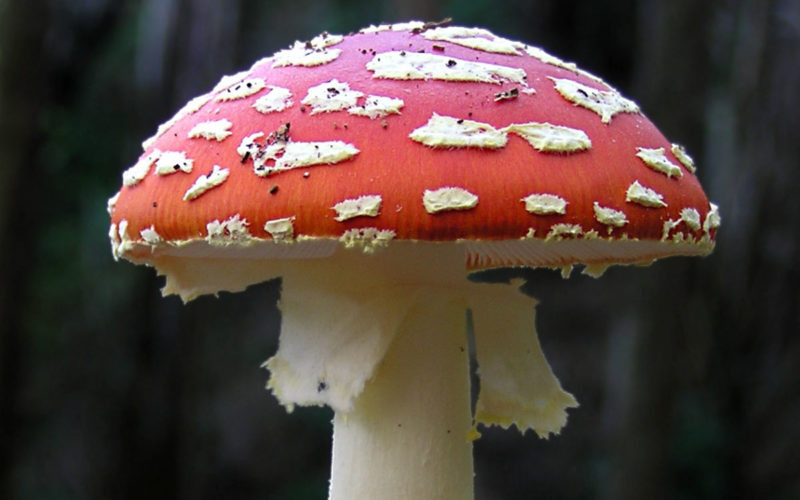theory represents one of the bigger challenges to social scientists interested in entheogenic and psychedelic history. The theory exists in several incarnations.
John Marco Allegro, the grandfather of the theory, claimed that Jesus never existed as a person in history, was really a magic mushroom (the ), and the stories of the New Testament served as nothing more than “cover stories” to hide this fact. His book,
Allegro’s theory was found to be baseless – whether there was an historical Jesus or not, a magic mushroom does not seem to have played a role in the original movement. However, this did not stop the conspiracy theorists and those academics with a vested interest in the topic, which brings us to the second incarnation of the theory. Since there were no ancient documents to support this claim, despite the voluminous descriptions of ancient heresies written by Church Fathers (as a secret mushroom version of Christianity would certainly be), the proponents of the theory decided to move the goalpost back a little. The new claim was that the Jesus-mushroom wasn’t hidden in Bible code, but instead hidden in Christian art.
While I do not deny that some later Christians (2nd-3rd centuries) utilized entheogens, a magic mushroom – especially an
Please enjoy the articles and videos available at this site. It is my hope that they will steer the conversation about the role of entheogens in Christianity into a more positive and critical light.


